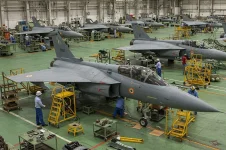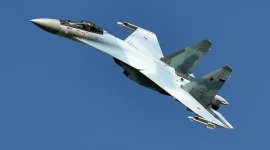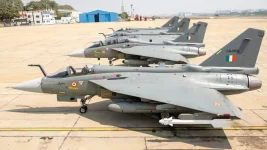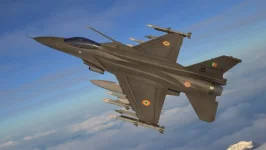- Views: 2K
- Replies: 22

India's air power is facing a critical juncture as the Indian Air Force (IAF) grapples with a dwindling number of fighter squadrons.
Aviation historian and analyst Angad Singh, in a recent interview with ThePrint, warned that the IAF's squadron strength is projected to fall below 30 and could even dip to 28 soon if urgent measures are not taken.
This decline would bring the IAF to its lowest force level since the post-1965 era, raising serious concerns about India's air defence capabilities.
Singh stressed the urgent need for a two-pronged approach to address this crisis. First, he advocated for the immediate procurement of two additional Rafale squadrons.
The Rafale, a French-made multirole fighter jet, has already proven its worth in the IAF, demonstrating its adaptability and combat effectiveness in diverse operational environments. Acquiring more Rafales off the shelf would provide a rapid boost to the IAF's combat readiness.
"The Rafale has already proven its strategic value in the IAF's arsenal," Singh stated. "Increasing its presence would not only bridge a gap in our squadron numbers but would also strengthen our combat readiness."
Secondly, Singh emphasized the importance of accelerating India's domestic fighter jet programs. He called for increased production of the HAL Tejas Mk1A, a light combat aircraft developed indigenously.
While the Tejas is expected to play a crucial role in modernizing the IAF, its current production rate needs to be significantly ramped up to meet the IAF's goal of a 42-squadron force.
Furthermore, Singh highlighted the critical need to expedite the Multi-Role Fighter Aircraft (MRFA) tender. This program aims to procure 114 multi-role fighter jets, which would significantly enhance the IAF's capabilities. However, delays in finalizing the MRFA tender have hampered the IAF's modernization plans.
Singh warned that the projected decline in squadron strength poses a serious risk to India's ability to effectively respond to threats on two fronts, particularly from China and Pakistan. With fewer squadrons, the IAF would be stretched thin, potentially compromising its operational effectiveness.
"If we don't act now, we could see a situation where our fleet strength significantly hinders our strategic posture," Singh cautioned. "A decline to 28 squadrons puts a significant operational load on each squadron, stretching our resources thinner than ever before."
To ensure the IAF can maintain its combat edge, Singh recommended a combination of immediate Rafale acquisition for short-term needs and a long-term focus on boosting domestic production of the Tejas and expediting the MRFA deal. This dual approach would enable the IAF to replace its aging aircraft with modern, versatile fighters, safeguarding India's air superiority for years to come.




